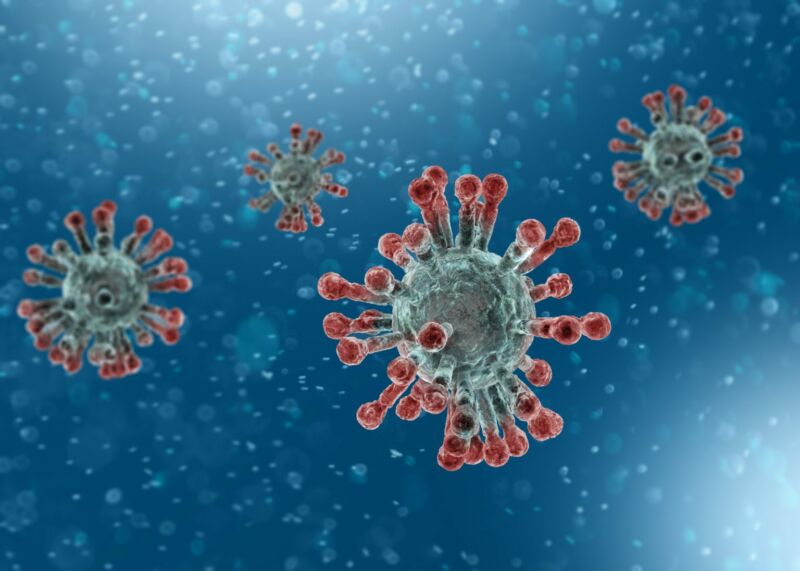Mutation may be helping the coronavirus spread more readily

Enlarge (credit: State of Delaware)
About a month ago, news reports painted a potentially grim picture: a single mutation in SARS-CoV-2 was taking over the world, rapidly displacing earlier forms of the virus in most locations. The researchers behind the finding suggested we were watching in real time as SARS-CoV-2 was evolving into a form that spreads more readily within human populations.
While the evidence was suggestive, it wasn't decisive, and there were a number of alternative explanations for the pattern of viral spread. As is so often the case in science, we needed more data. Now, some additional data has arrived in the form of a draft paper that suggests that there's a biochemical reason for why the mutated form of the virus might be more potent.
Scientific back and forthThe idea behind the original results was fairly simple. If we assume that mutations show up at random in the coronavirus genome, then the chance of two identical mutations appearing independently in the virus's genome is pretty low, given that the genome is over 30,000 bases long. Thus, if we see the same mutation in two different locations, the chances are very good that they got there through common descent from an ancestor that had the mutation.
Read 11 remaining paragraphs | Comments